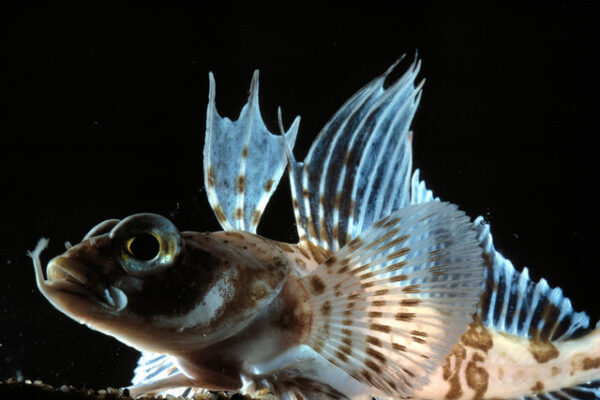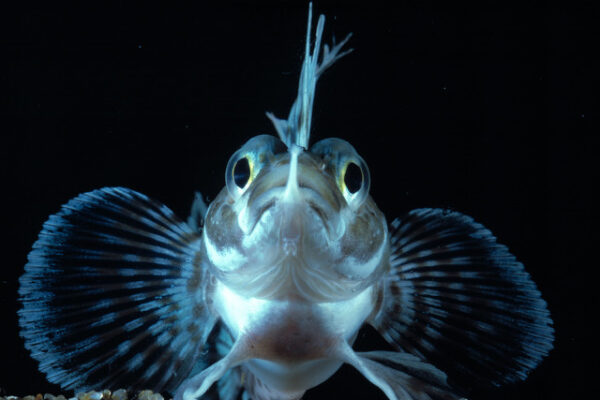Rapid evolution in an icy environment
The freezing waters surrounding the Antarctic continent, with water temperatures as low as -1.9 ˚C, are dominated by a single group of fishes – fishes of the suborder Notothenioidei – that represent up to 95% of the Antarctic fish fauna. Surprisingly, however, this group of fishes is evolutionarily rather young, with an age of only around 10 million years. Within this short time span, notothenioid fishes have evolved an enormous species richness. The over 100 species of notothenioid fishes differ strongly in size (not even 10 cm or over 2 m long) and life style, and are characterized by unique adaptations to the Antarctic environment. Their survival in this environment is possible thanks to antifreeze proteins in their blood and tissue, which prevent the formation of ice cristals in their body. With their adaptations, their species richness, and their rapid evolution, notothenioid fishes are a prime example of the process of adaptive radiation, that, for example, also led to the origin of Darwin finches on the Galapagos Islands.
The adaptive radiation of notothenioid fishes is the subject of an ongoing research project led by the new director of ZSM, Michael Matschiner. Together with colleagues from the Universities of Padova in Italy, Ushuaia in Argentina, and Oslo and Bergen in Norway, Michael analyzes the genomes of notothenioid fishes based on valuable tissue samples that he and his colleagues collected in Antarctica. This research, which was funded by the Research Council of Norway, will inform about the conditions that lead to rapid formation of species and their adaptation to the environment.
Gallery
Species
People involved by ZSM
External people involved

Map



